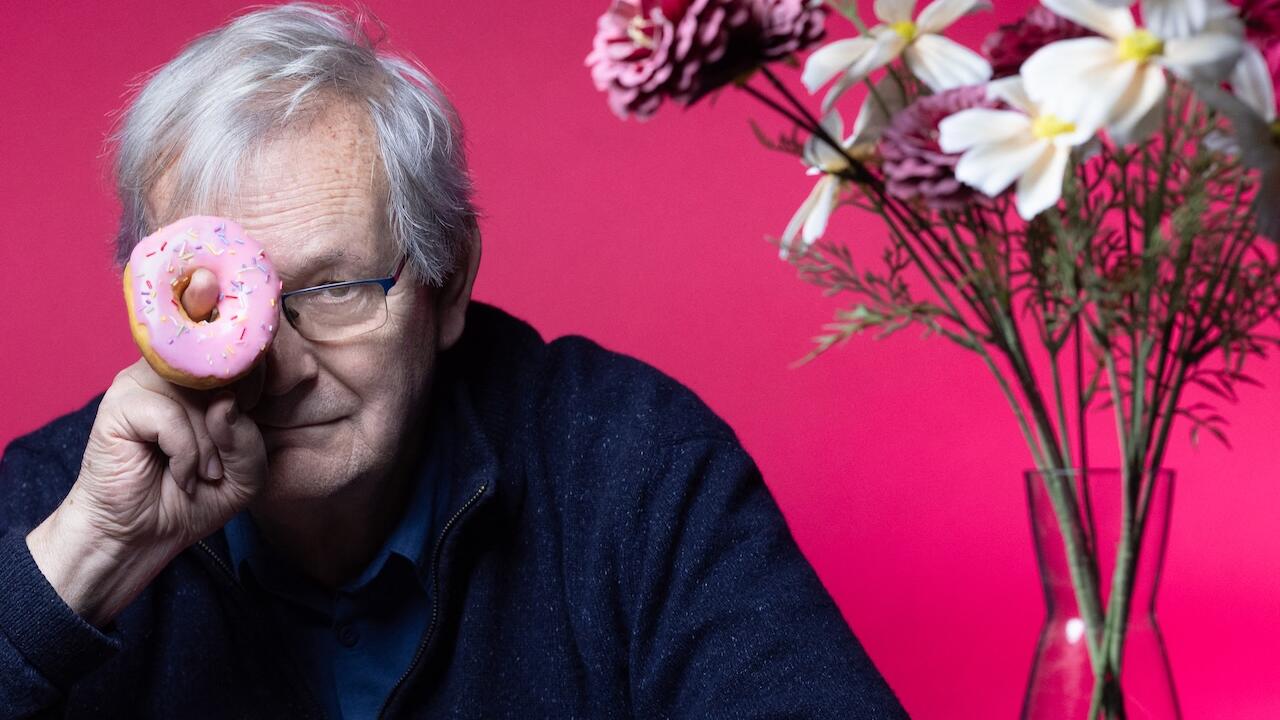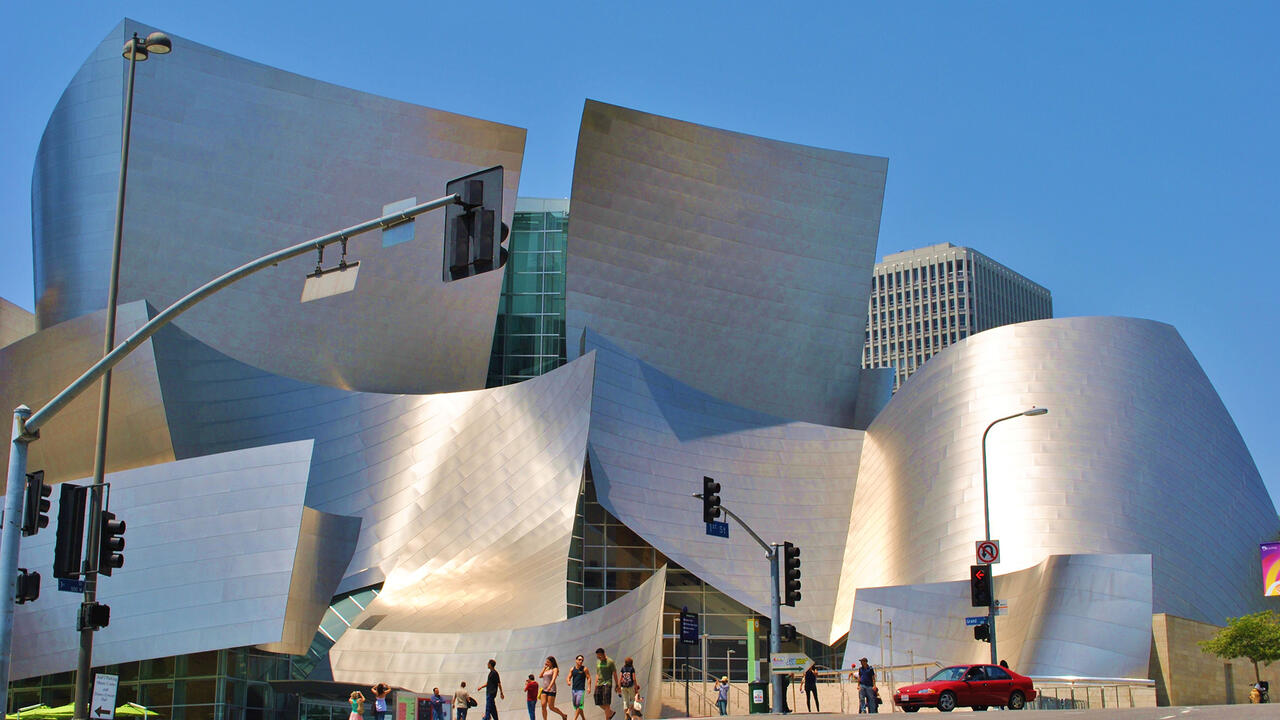What's Left?
How the political divide between democratic socialists and romantic anarchists impacts on the art world
How the political divide between democratic socialists and romantic anarchists impacts on the art world
A prominent political divide exists in the field of art today, and it’s not the opposition between Left and Right. The Right may be in power in various countries, but, once religion and patriotism have been muffled in the polite conversations of liberal cultural discourse, it has no voice. (Although it is worth bearing in mind that in countries where the church and nationalists have regained a strong voice in public culture art scandals can still prompt serious political feuds.) If the Right speaks politely now, it emulates the traditional discourses of the Left, whether the humanist plea for universal values (corporate donors of a certain generation still go for it), the hedonist celebration of excess (the nouveau riche love to buy art by bad boys) or the hippy credo that we are all creative (because the creative industries mean big money). These discourses are symptomatic only in their vacuity, and studying them can merely serve to deepen your cynicism. The political divide which I believe is more interesting to look at, but also more difficult to grasp, is that between two factions of the Left, which I would provisionally call the ‘democratic socialists’ and the ‘romantic anarchists’.
According to Mouffe, to defend and radicalize the democratic potential of existing institutions is the most pressing task for socialist politics.
To speak of ‘factions’ here is probably already flawed, because in the field of artistic and intellectual debate we are not dealing with explicit party politics but with the implicit attitudes and spiritual affiliations that manifest themselves through the form and humour of people’s work, as well as through the image they project of themselves and their preferences in terms of social bonding. I would say, then, that it is possible to identify the spirit of a certain democratic socialism in the attempts to stage harmonious forms of communality and cooperation in the art of the mid-1990s, which we have come to associate with the concept of relational aesthetics. (I don’t want to name names here, because when you pin down someone’s attitude in such general terms you never do them justice, only stigmatize them. Still, abstractly sketching out antagonisms can be helpful, as it shows what may be at stake in a particular debate.) This spirit of cooperative communality has now become a central touchstone in the debate about the future of art institutions, as leading curators affiliated with the relational aesthetics approach seek to defend the freedom to develop their art spaces against state bureaucrats demanding quantifiable successes.
In social theory, the writer who epitomises this spirit of democratic socialism, and therefore continues to be cited in the defence of liberal art institutions, is Chantal Mouffe. Her position is that democracy today is under siege, as the liberties and rights that people have fought for are being cut back at the very moment when the democratic institutions which protect these rights are undermined and impaired by neoliberal forces. According to Mouffe, to defend and radicalize the democratic potential of existing institutions is the most pressing task for socialist politics. It was a fascinating experience to hear Mouffe speak in a seminar in the Caucus workshop in Cork in 2005, where she passionately argued her case against the political philosophers whom she tagged as ‘those romantic anarchists from Italy’, such as Antonio Negri and Giorgio Agamben. She claimed that, out of their romantic affiliation to the oppositional spirit of the late 1970s, Negri and Agamben vilified social institutions tout court as structures of disciplinary oppression, and subsequently posited that, if political change was to happen, it had to come from forces outside the institution that organize themselves in spontaneous formations, e.g. the ‘multitude’ Negri talks about or the ‘singularities’ Agamben espouses. Mouffe’s point was that these ideas of spontaneously emerging forces were deeply messianic and profoundly useless when it comes to organizing resistance and really getting things done in politics. For her, it seemed, institutions form the very condition for the possibility of political agency as such.
Now, this is precisely where a certain discomfort becomes tangible; a discomfort that I feel with some models of relational aesthetics as well as with the direction in which, in the spirit of Mouffe’s arguments, the debate around the future of art institutions is currently gravitating. Are we really prepared to accept that there can be no agency if institutions do not enable it? I agree that, as a freelance writer and guest lecturer, I am dependent on institutions (publishers, academies and art spaces) to supply me with writing and teaching work. Still, there is a side to the experience of working as a free agent in the art field that only the anarchist paradigm describes adequately. The other day, I was sitting with friends in a kunstverein office when a black cat entered, announced its presence with a sharp miaow, turned around, lifted its ass to display its private parts and minced out again. Bravo! How else would freelancers visit institutions? Granted, by mincing in and out you don’t transform structures. But there is something else at stake here. Because when anarchists go where their obsessions and concerns take them, they tend to create not institutions but something like syndicates, temporary affiliations between people who share their motivations in a moment of working or discoursing together. Measured by the standards of long-term institutional politics these moments are ephemeral. But what would institutions be without them? Dead places. So there is a mutual dependency. Democratic institutions can feed us. But it is only particular ideas, works, shows and texts that can redeem us – as we give sense to what we do by sharing them.
In the end, though, it seems no good to disparage one set of concerns by elevating the other. Keeping independent institutions open is a vital effort. Effecting that independency in art and writing is too. Yet, instead of finding enough common ground to even compare these two forms of agency, we are faced with a divide between two leftist mindsets that might be impossible to overcome. But maybe acknowledging that antagonism can at least create a mutual sense of appreciation.
Jan Verwoert is a contributing editor of frieze and teaches at the Piet Zwart Institute in Rotterdam. He has recently published a book Bas Jan Ader – In Search of the Miraculous (Afterall Books/MIT Press 2006).












